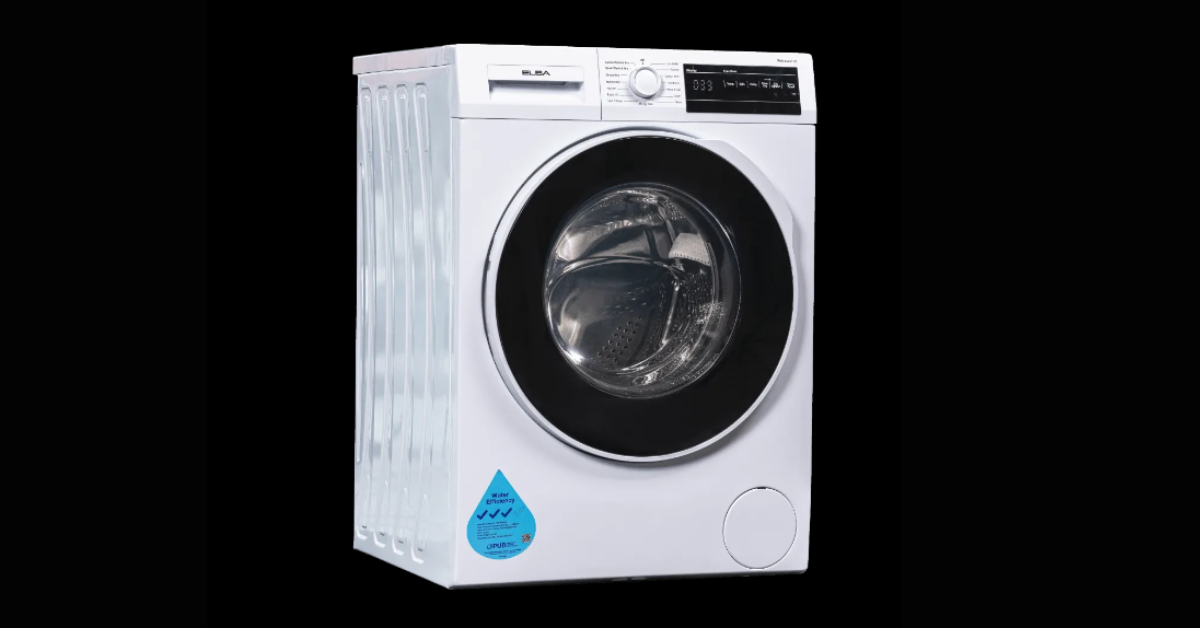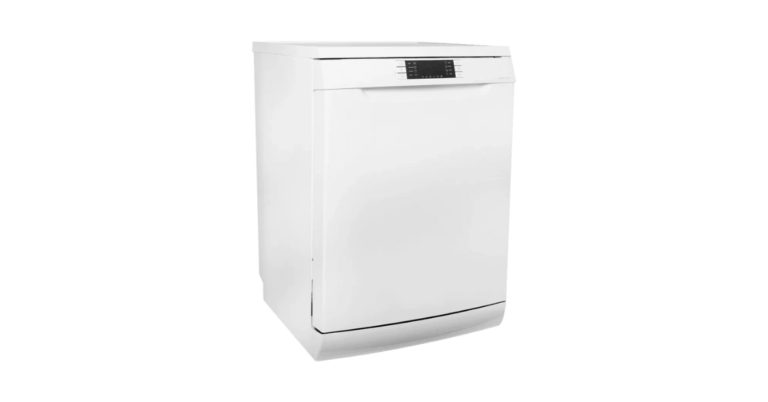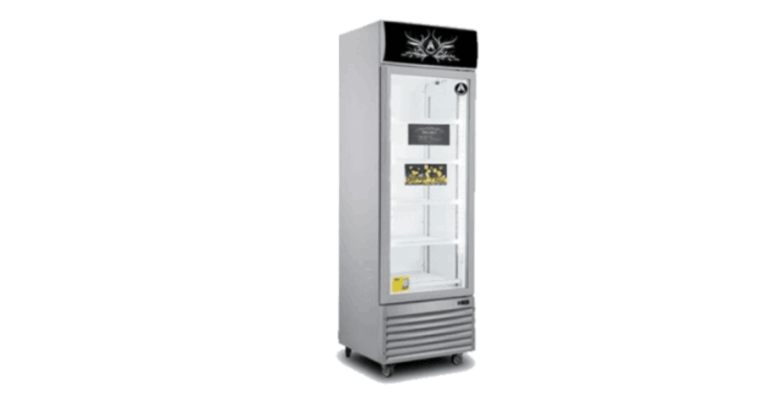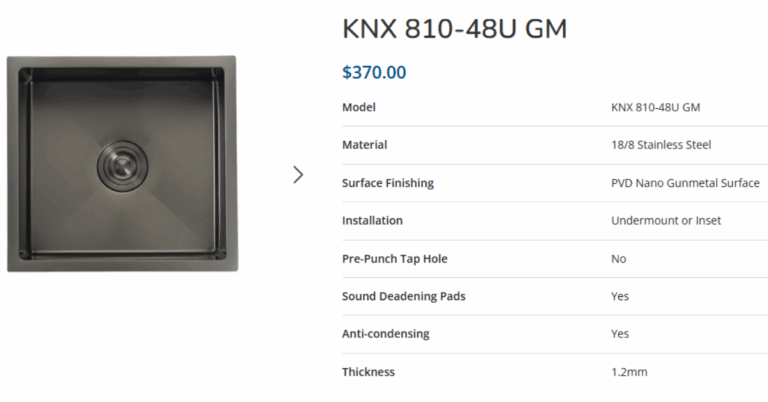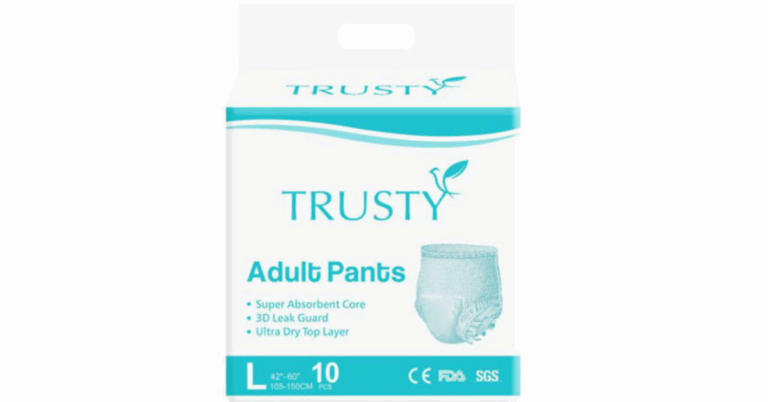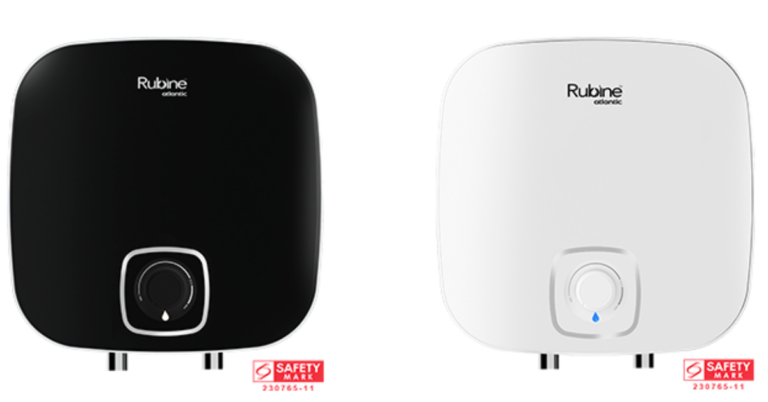Choosing the Right Front Load Washing Machine in Singapore: A Complete Guide
In Singapore’s fast-paced urban lifestyle, a Front Load Washing Machine Singapore has become an increasingly popular choice for households seeking efficiency, space optimization, and high performance. With tight flats, high utility costs, and the need for appliances that deliver strong results yet consume less, front load washers have gained favor over traditional top-loaders. In fact, many appliance sellers in Singapore now highlight front-load models as flagship offerings, with features such as inverter motors, steam cycles, and smart sensors to meet the demands of modern living.
This article explores everything you need to know before investing in a front load washing machine in Singapore: benefits and drawbacks, key features and specifications, sizing and space constraints, cost considerations, and practical tips for maintenance. By the end, you’ll be in a good position to decide which model suits your home best.
Why Opt for a Front Load Washing Machine?
1. Water and Energy Efficiency
Front load washers tumble clothes in a horizontal drum, rather than agitating them in a vertical tub. This tumbling motion allows less water to saturate the load while still ensuring thorough cleaning. Because of that, they tend to use less water and energy per wash compared to many top-load machines. This efficiency is especially valuable in Singapore, where water and electricity costs are significant considerations.
2. Better Wash Quality and Fabric Care
The gentle tumbling action reduces fabric wear and tear. Also, front loaders often support higher spin speeds (e.g. 1,200–1,600 rpm), which extracts more water from clothes and shortens drying time (whether in a dryer or by air drying). This is important in Singapore’s humid climate, where drying efficiency matters.
3. Space Savings and Stacking Possibility
Many front load machines are designed to be stackable with compatible dryers. For Singapore flats with limited floor space, stacking or placing a dryer above a washer is a compelling advantage. The front door access also means you can push the machine closer to walls or cabinetry.
4. Advanced Features and Smart Controls
Front load models often come with more advanced features: auto-dose detergent systems, steam cycles for sanitizing, Wi-Fi or smart-home connectivity, drum-clean functions, and more wash programs tailored to different fabrics and stain levels.
5. Lower Operating Cost Over Time
Though upfront costs tend to be higher, the reduced consumption of water, electricity, and detergent can make front load machines more economical over their service life.
However, front load washers aren’t perfect for every situation. Let’s look at their trade-offs.
Drawbacks and Things to Watch Out For
-
Higher initial cost: Premium front load machines with advanced features command a premium price.
-
Longer cycle times: Because front loaders use less water, the wash cycles often take longer compared to top-load models.
-
Mold, mildew, and odour risk: The door seal, detergent drawer, and interior can trap moisture, leading to musty smells if not maintained properly.
-
Higher cost of repair: Component replacements (e.g. door gasket, pump, inverters) can be more expensive than for simpler top loaders.
-
Need for front access: You must ensure there’s enough clearance in front to open the door fully.
Many of these drawbacks can be mitigated through correct usage and maintenance, such as leaving the door open after each wash and running a monthly cleaning cycle.
Key Specifications and Features to Consider
When comparing models available via Singapore retailers (e.g. Elba, Gain City, Courts, Harvey Norman), here are the critical factors to focus on:
1. Capacity
Select a capacity that suits your household size and laundry habits:
-
6–8 kg: Suitable for 1–2 people
-
8–10 kg: Ideal for small families (3–4 persons)
-
10 kg and above: For large families or bulk laundry loads
Larger capacity models allow you to do fewer loads overall, but ensure the washing machine size fits your space.
2. Spin Speed (RPM)
Higher spin speeds (1,200, 1,400, 1,600 rpm) help extract more water, reducing drying time. But be cautious: delicate fabrics may require slower cycles.
3. Inverter Motor / Direct Drive
Machines with inverter or direct drive technology operate more quietly, consume less energy, and reduce vibration. These motors often come with long warranties, making them a durable pick.
4. Wash Programs & Cycle Options
Look for models that offer cycles for cotton, synthetics, delicates, sportswear, bedding, steam, allergen removal, and quick wash. Some machines also offer auto-dosing, which dispenses detergent and softener automatically.
5. Drum Design and Material
Stainless steel drums are preferred for durability and better performance. Some brands incorporate micro-holes or hexagonal designs to reduce damage to clothes.
6. Noise and Vibration Control
Singapore homes often have units close by—choose machines with anti-vibration designs or noise-reduction features, especially if your laundry area is near living spaces.
7. Smart Features and Connectivity
Some newer models offer Wi-Fi connectivity, app-based control, cycle-monitoring, maintenance alerts, or AI-enhanced settings. These features provide convenience but may increase cost.
8. Warranty and After-sales Support
In Singapore, a common warranty is 1 year on parts/labour and 5–10 years on motors or inverters. Choose brands with strong service networks in the country for easier servicing.
Pricing and Market Trends in Singapore
Front load machines in Singapore span a broad price range:
-
Entry-level models: From around S$500 to S$800 — basic features, modest capacity, no advanced smart features
-
Mid-range models: S$800 to S$1,500 — better capacity, inverter motors, more wash programs, sometimes smart features
-
Premium models: Above S$1,500 to over S$3,000 — large capacities, advanced steam functions, full connectivity, top-tier materials
Retailers frequently offer promotions, trade-in deals, or bundled installation services. In addition, energy efficiency (number of “ticks” under Singapore’s energy labeling scheme) and water ratings influence pricing and long-term operating cost decisions.
Space Planning & Installation Tips
1. Measure Carefully
Before purchasing, measure the space width, depth, and the clearance in front for fully opening the door. Also leave space for ventilation at the back.
2. Floor Strength and Vibration
Front loaders can exert more dynamic forces due to spinning. Make sure your floor is level and sturdy. Use vibration pads if needed.
3. Drainage and Plumbing
You’ll need proper water inlet and drain connections. Ensure drainage height is within specified limits (often 60–100 cm from floor). A smooth drain hose path avoids kinks and backflow.
4. Electrical Requirements
Most front loaders run on 220–240 V with a dedicated outlet. Check whether an earth leakage circuit breaker (ELCB) is recommended per Singapore’s electrical codes.
5. Stacking with Dryer
If stacking with a dryer, ensure your front load washer is certified as stackable and that the dryer and washer sizes match. Use the appropriate stacking kit.
Maintaining Your Front Load Washer (for Singapore Conditions)
Proper maintenance helps extend life and prevent odours in Singapore’s humid climate:
-
Leave the door ajar after each use so moisture can evaporate
-
Wipe the gasket and door seal to remove trapped debris or water
-
Clean the detergent drawer regularly to prevent clogging and mould
-
Run a monthly cleaning cycle (e.g. a drum-clean programme or with washing machine cleaner)
-
Use high-efficiency (HE) detergent to reduce suds and residue
-
Check hoses and filter periodically and replace hoses every 5–7 years
-
Avoid overloading—leave adequate space in the drum for tumbling
These practices help avoid mildew, musty smells, and maintenance issues common to front loaders in humid environments.
Final Thoughts & Recommendations
Choosing a front load washing machine in Singapore is well worth the investment for most households, thanks to its better efficiency, fabric care, and options for smart and stackable setups. That said, success depends on matching capacity, features, and reliability with your household’s laundry patterns and space constraints.
If you’re on a tighter budget, a mid-range model with inverter motor and essential wash programs will often suffice. If you have the budget, premium models offering steam sanitisation, full smart connectivity, and custom cycles can further enhance convenience in your daily life.
In summary:
-
Start with your household size and laundry frequency
-
Prioritize capacity, spin speed, and energy/water efficiency
-
Check space, clearance, and installation constraints
-
Balance desired features (smart, steam, auto-dosing) with affordability
-
Maintain the machine well to achieve longevity in Singapore’s climate
With the right choice and care, a front load washer can serve reliably for many years—making your laundry chores easier, more efficient, and cost-effective in the long run.

